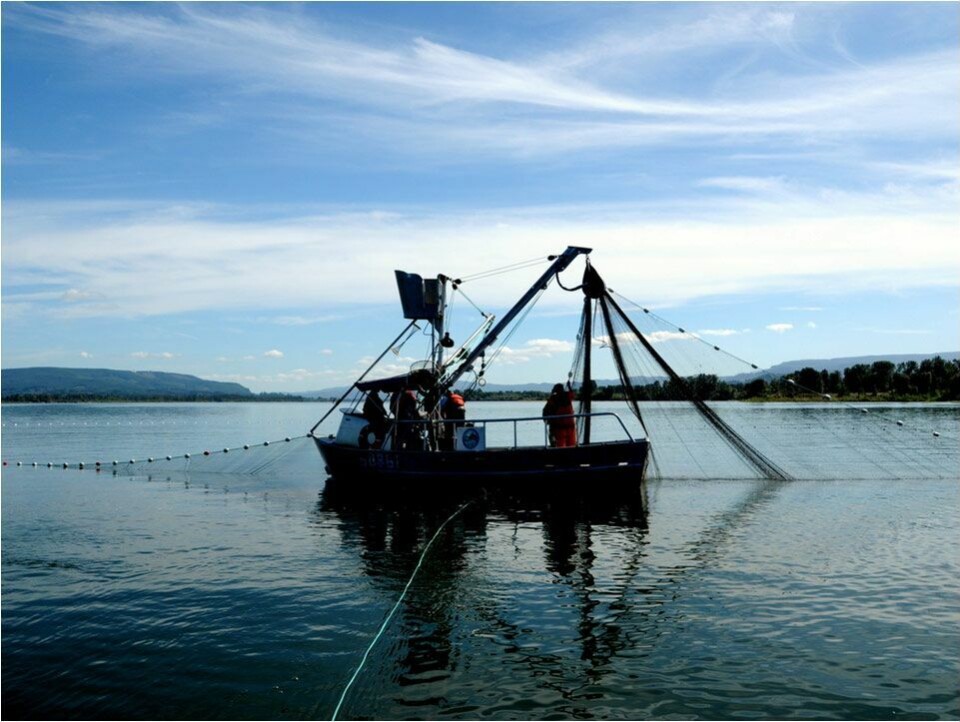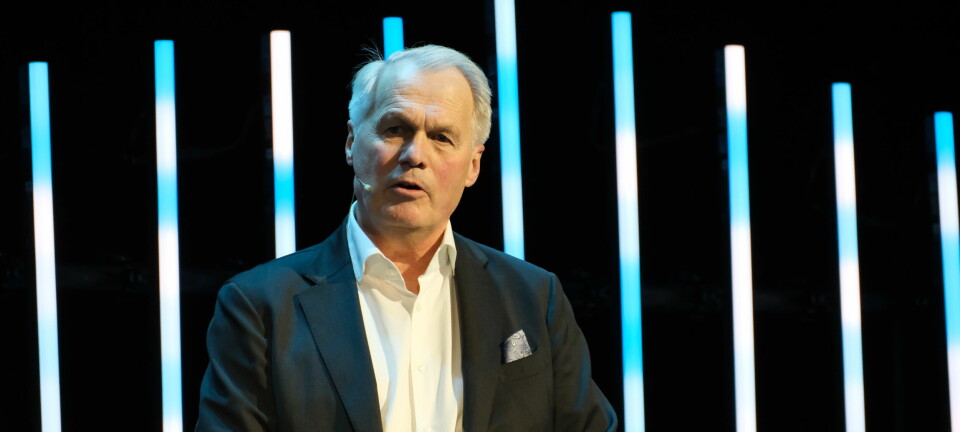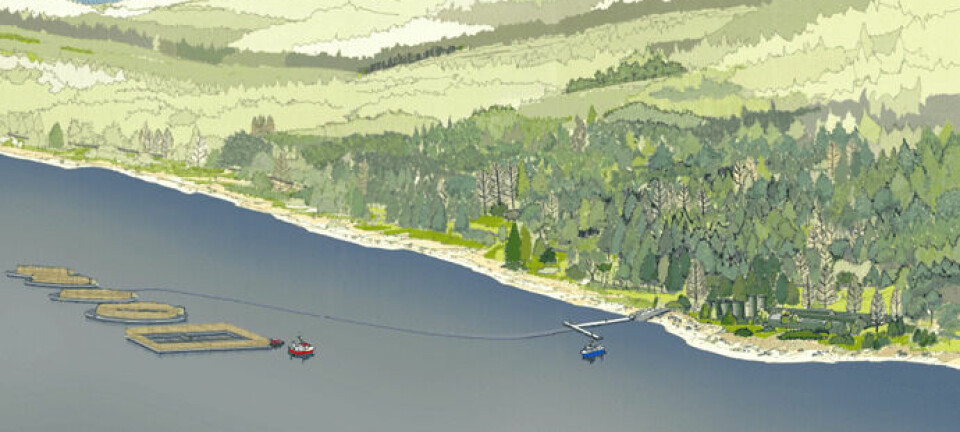
Escalating coho concerns
Fisheries scientists are increasingly concerned by dwindling populations of wild salmon up and down the Pacific coast of North America.
As predicted by scientists, the negative effects of climate change on salmonid stocks are starting to be realized by wildlife departments from California to British Columbia.
In the US, stocks of coho and chinook salmon are simply not able to sustain current commercial fishing pressures.
Washington Fish and Wildlife Department (WFWD) spokesman Kyle Adicks said coho salmon returns to the Columbia River are the main driver of ocean fisheries off the Washington coast, and the predictions for returns this year are about half of last year’s forecast.
Adicks said the state also has “really weak forecasts” for coastal coho and Puget Sound stocks, and managers want to make sure they’re protected from ocean salmon fisheries.
Warmer-than-usual water temperature in the Pacific produced poor salmon runs last year and, because conditions have not improved, it is expected that 2016 runs will be similarly weak, if not weaker.
In order to protect fragile runs of coho, regional fishery managers are considering a rare total closure of Oregon and Washington ocean salmon fisheries north of Cape Falcon, while in California the number of commercial salmon fishing days could be cut by more than 20%, and some areas could be closed completely.
The Pacific Fishery Management Council (PFMC) sets the fishing seasons off the Pacific Coast. The Council will revise the options after hearing from the public and scientists.
"If we put last year's fisheries in place on this year's abundance we'd catch every single Stillaguamish coho returning to the river. That can't happen," said WDFW Fish Program Co-Director Ron Warren. "We know we'll have fishery reductions across the state that have impacts on Stillaguamish fish."
This year’s forecast of about 256,000 Puget Sound coho is about one-third the size of the run predicted in 2015. WDFW blames warm waters and historic drought last year. Despite increased snow levels this year, the ocean is still above the optimum temperature for fish.
In a news release, WDFW Director Jim Unsworth said he hopes fishery managers can provide some ocean salmon fishing opportunities this year, but they need to protect the diminished number of wild coho expected to return this year.
“Fishery managers face many difficult decisions in the weeks ahead as we move toward solidifying salmon-fishing seasons for the state,” Unsworth said. “We know that severely limiting opportunities will hurt many families and communities that depend on these fisheries. But conserving wild salmon is our top priority and is in the best interest of future generations of Washingtonians.”
Fishermen in BC will also have to deal with limited harvests of salmon in the coming years, but Dr Brian Riddell, CEO and president of the Pacific Salmon Foundation, doesn’t think the situation is as dire as the media portray it.
"In the past, people have been fixated on catch as the measure of abundance and health of salmon. But the health of salmon is not determined by the catch. It's determined by the amount of fish that come back and spawn after the catch," said Riddell at an annual general meeting for Vancouver Island-based Qualicum Beach Streamkeepers (QBS).
QBS is made up of about 100 volunteers who work in crews to renew and maintain fish habitat, measure and monitor water and salmon in local watersheds, and communicate and advocate for healthy fish populations.
In his keynote address, Riddell admitted the total return of fish has remained low since bottoming out after its high point in the early 1990s. But conservation efforts — lowering the allowable take of fish — and salmonid enhancement work by groups like the Streamkeepers has maintained healthy spawning returns.
"In the mid-90s we lost a lot of production," Riddell said. "To keep the fish in the spawning grounds and maintain the diversity of salmon out into the landscape, we've deliberately reduced the rate of fishing. The commercial fishery has paid the biggest price on this."
Riddle presented a mixed review of the state of wild salmon in BC’s waters. While noting fishing caps have allowed continued healthy returns of salmon to the spawning grounds, he painted a grim picture of impacts from global climate change and said lower catch rates will likely need to continue for the foreseeable future.
Riddell discussed effects of climate change - including sea-level rise, ocean acidification, oxygen depletion and water temperature increase - on the future of wild salmon populations.
"The elephant in the room is climate change," he said. "It is here, and we're already dealing with this thing. Salmon will evolve. The problem is, they can evolve only so rapidly, and we're really going to have to be careful not to add stresses to them as they go along.”
Reductions of fishing pressures in the short term will be critical.
"But, by definition, that adaptation is going to reduce the productivity of the salmon, which means you're going to have to reduce the fishing pressures and all of your other stressors. There isn't any question that in the short term we should expect to take less," said Riddell.
Commercial fisheries, in more ways than one, are becoming a thing of the past. Stressors associated with over-fishing, climate change and pollution are forcing Pacific salmon populations into the upper reaches of their adaptive abilities. As productivity decreases it will remain imperative to protect their capacity to withstand the stress of a changing environment.























































